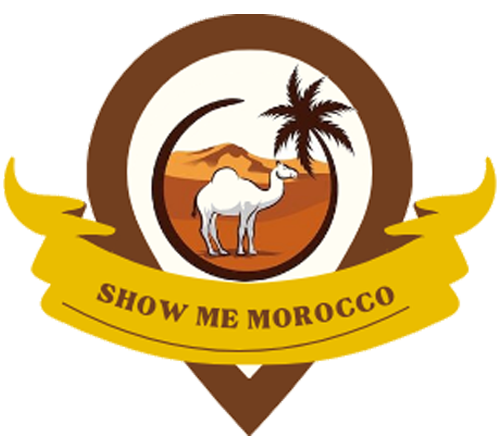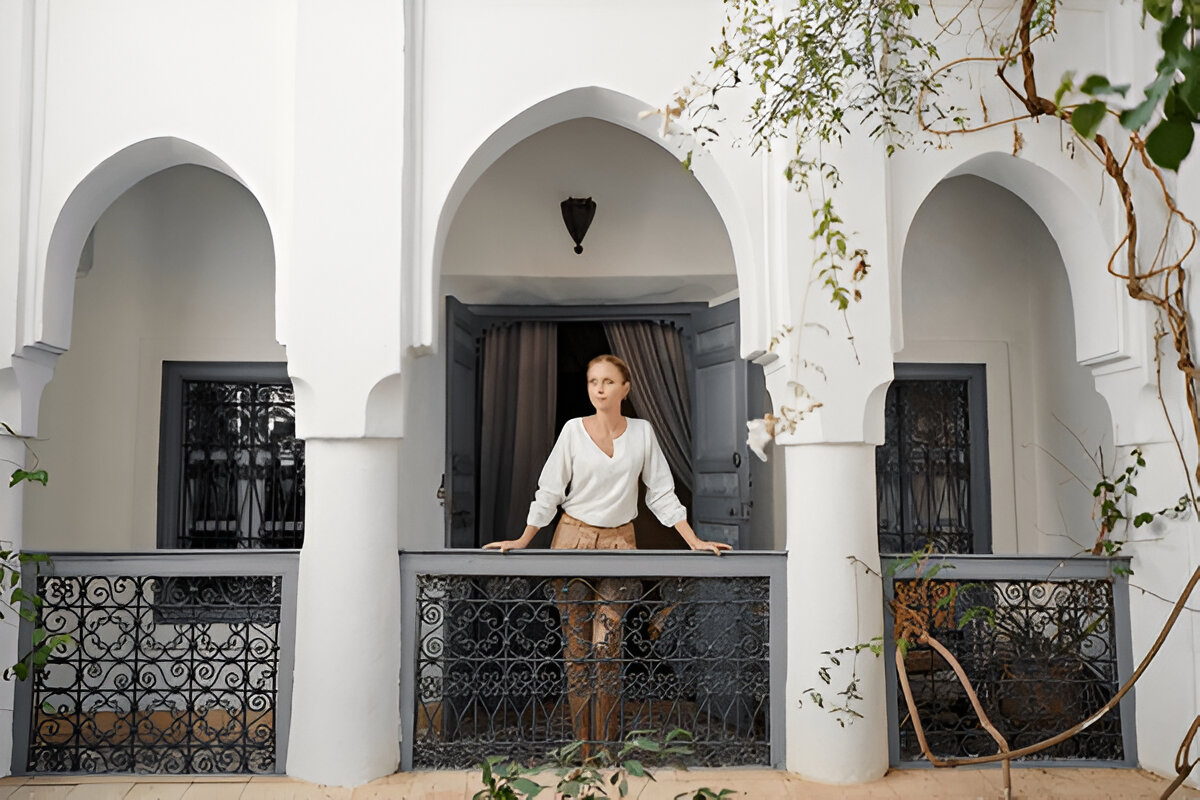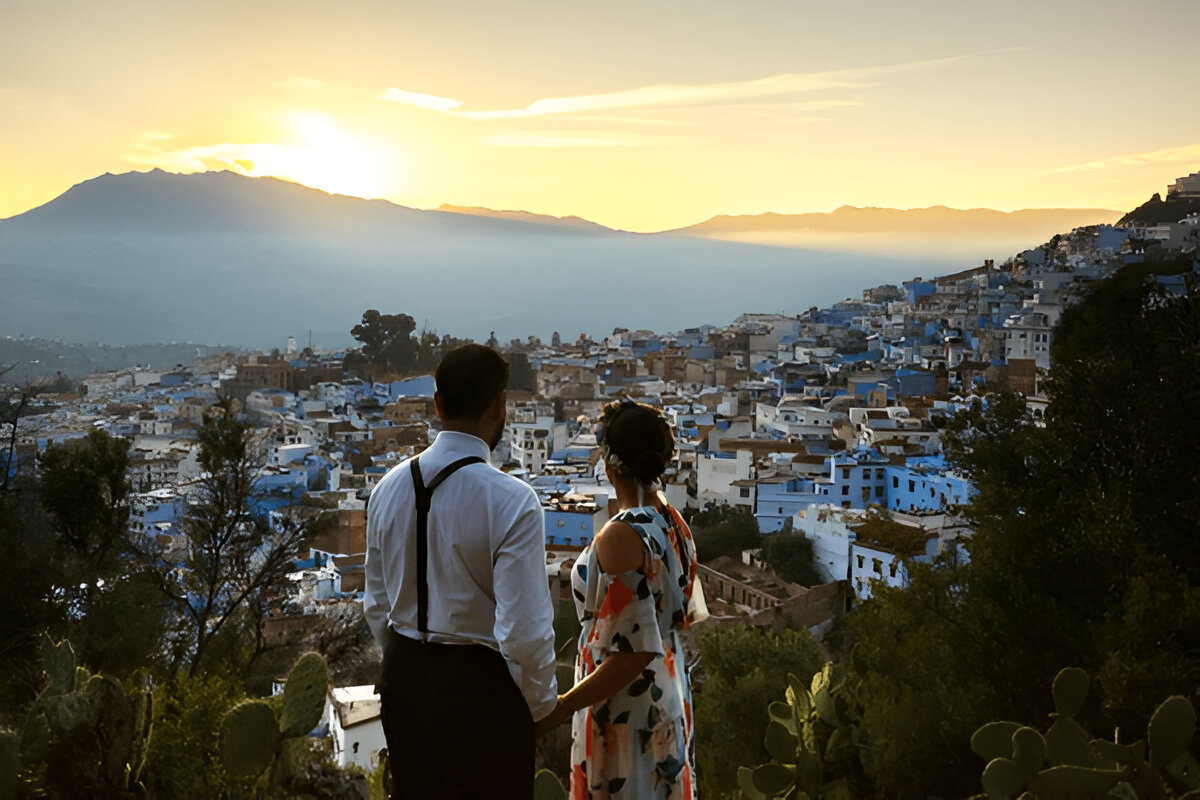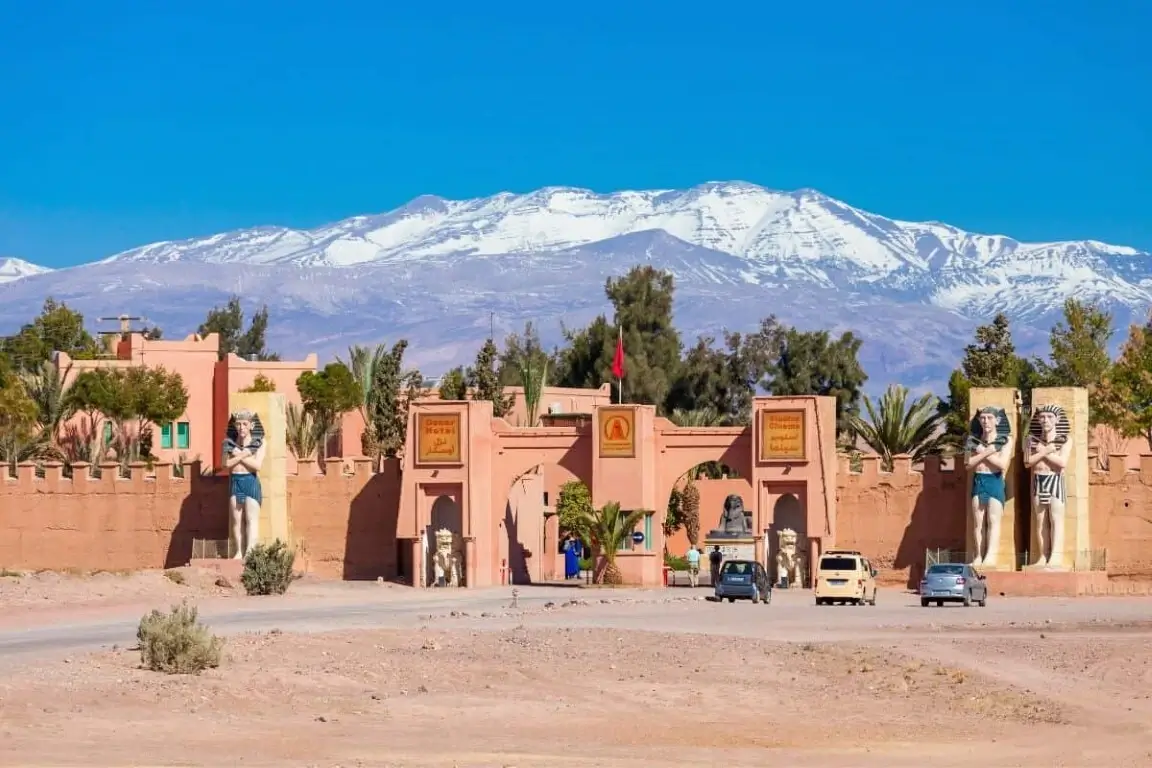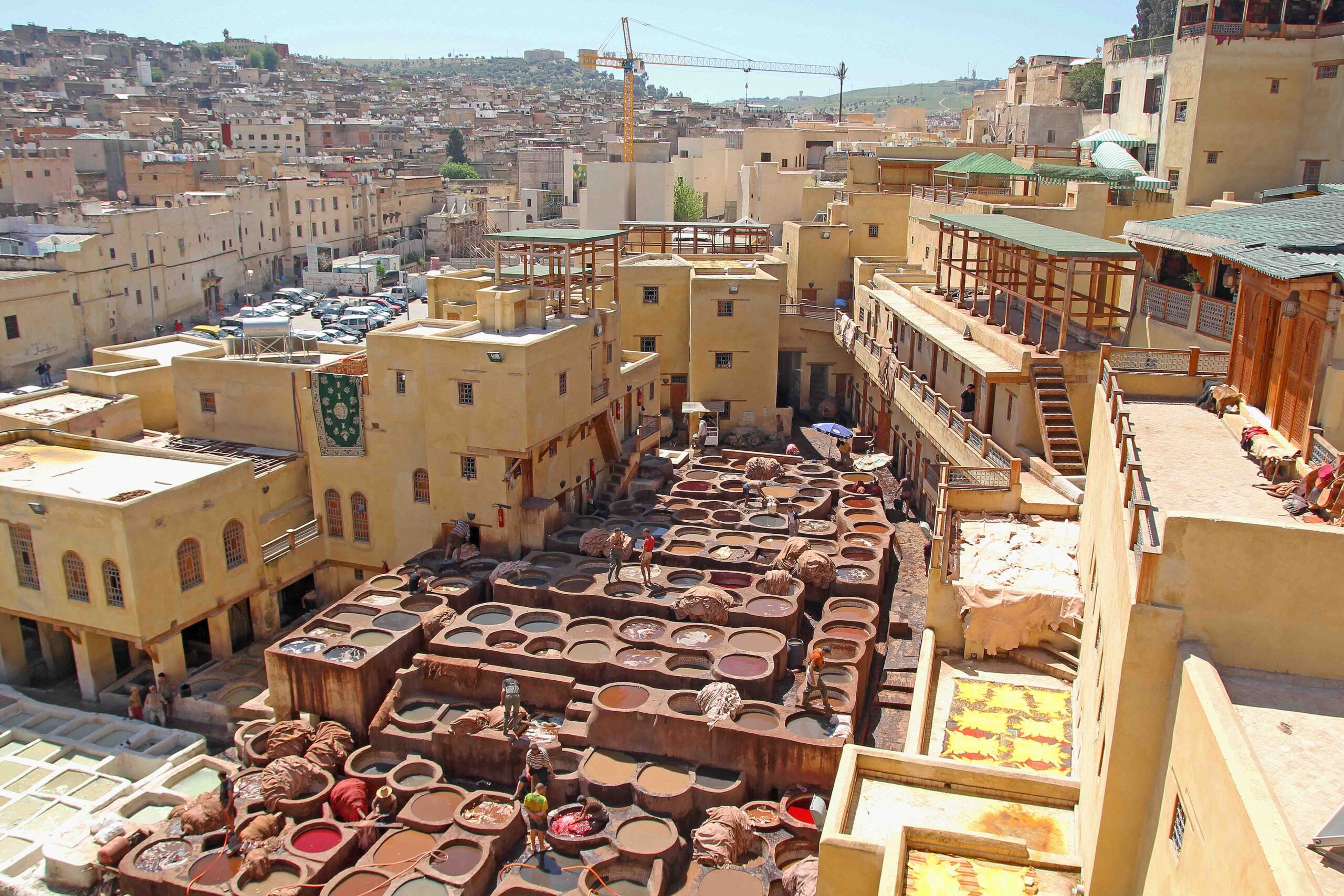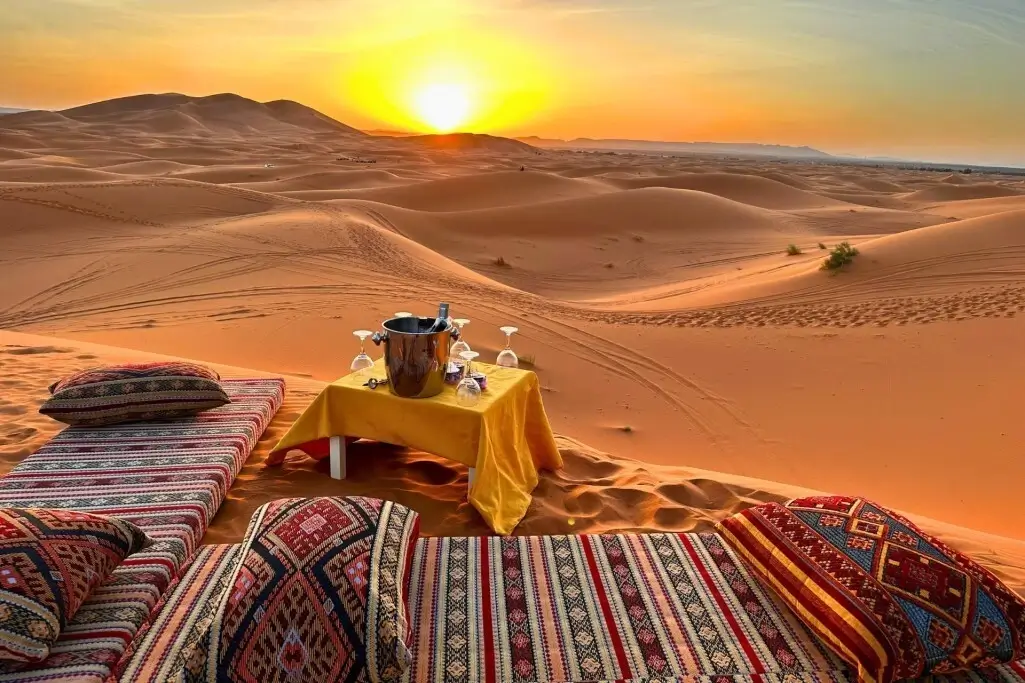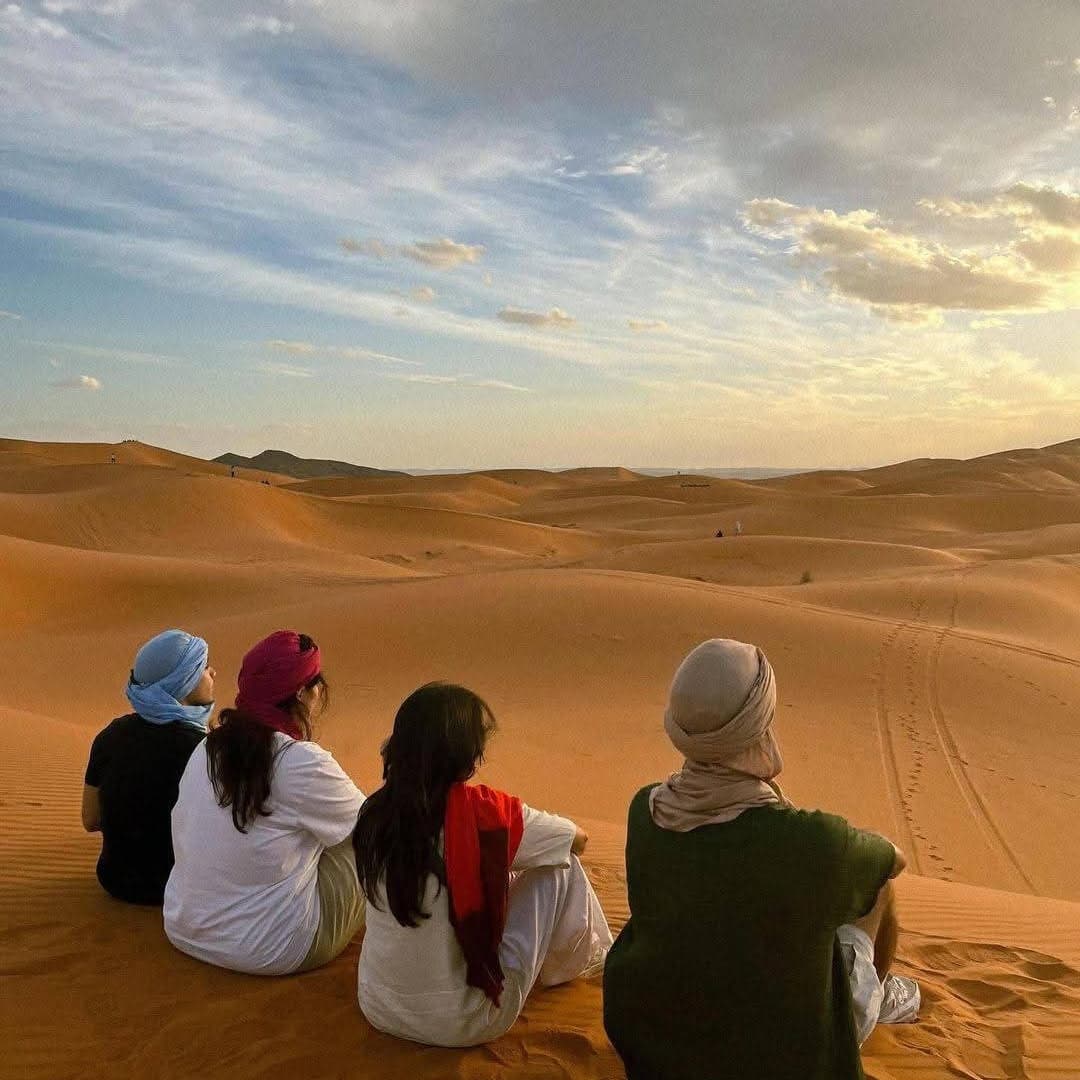Storytelling in Morocco: From Souks to Storytellers’ Circles
Morocco is a land steeped in history, tradition, and vibrant culture. At the heart of this rich tapestry lies an ancient art form that has captivated generations: storytelling. From bustling souks (markets) to intimate storytellers’ circles, Moroccan tales weave together folklore, wisdom, humor, and morality, offering a glimpse into the soul of the nation. In this article, we’ll explore the enduring legacy of storytelling in Morocco, its cultural significance, and how it continues to thrive in modern times.
The Roots of Moroccan Storytelling
Storytelling in Morocco dates back centuries, with roots deeply embedded in oral traditions passed down through families, tribes, and communities. Before the advent of written literature, stories were the primary means of preserving history, teaching values, and entertaining audiences. These narratives often drew inspiration from Islamic teachings, Berber legends, and African myths, creating a unique blend of influences that reflect Morocco’s diverse heritage.
Historically, storytellers—known as hlaykia or rawis —were revered figures who commanded respect for their ability to captivate listeners. They would gather crowds in public spaces like marketplaces, mosques, and courtyards, using vivid imagery, dramatic gestures, and rhythmic chants to bring their tales to life. Whether recounting heroic epics, fables about cunning foxes, or moral lessons wrapped in humor, these storytellers played a vital role in shaping communal identity and passing on collective knowledge.
The Role of Souks in Storytelling
One cannot discuss Moroccan storytelling without mentioning the iconic souks. These lively markets are not just hubs for commerce but also vibrant stages where storytellers once held court. Imagine wandering through narrow alleys filled with the scent of spices, the chatter of vendors, and the clinking of metalwork when suddenly, you hear a voice rise above the din—a storyteller beginning their tale.
In cities like Marrakech and Fez, famous squares such as Jemaa el-Fnaa became legendary venues for storytelling performances. Here, under the shade of palm trees or beneath starlit skies, storytellers would regale passersby with tales ranging from fantastical adventures to cautionary parables. Their performances were interactive; they encouraged audience participation, laughter, and even debate, making each session feel personal and immersive.
While the prominence of live storytelling in souks has diminished over time due to urbanization and digital distractions, efforts are being made to preserve this cherished tradition. Cultural festivals and heritage initiatives now celebrate these age-old practices, ensuring they remain alive in the hearts of locals and visitors alike.
Storytellers’ Circles: A Sacred Space for Connection
Beyond the bustling souks, smaller, more intimate settings known as storytellers’ circles offer another dimension to Morocco’s storytelling tradition. These gatherings typically take place in community centers, homes, or quiet corners of medinas (old towns). Unlike the grand spectacles of Jemaa el-Fnaa, these circles focus on fostering deeper connections between storytellers and their audiences.
In these close-knit environments, stories serve multiple purposes:
- Moral Guidance : Many tales carry ethical messages, teaching listeners about honesty, kindness, and resilience.
- Cultural Preservation : Folklore and historical accounts keep ancestral memories alive, bridging past and present.
- Entertainment : Humorous anecdotes and suspenseful plots provide much-needed escapism and joy.
The intimacy of storytellers’ circles allows participants to engage actively, asking questions, sharing interpretations, and sometimes even contributing their own stories. This collaborative spirit underscores the communal nature of storytelling in Moroccan society.
Challenges Facing Traditional Storytelling
Despite its deep-rooted importance, traditional storytelling faces significant challenges in today’s fast-paced world. Younger generations, increasingly influenced by global media and technology, may view oral storytelling as outdated compared to movies, social media, and streaming platforms. Additionally, urban migration and changing lifestyles have led to fewer opportunities for face-to-face storytelling sessions.
However, there is hope. Organizations like Dar Chabaïka , based in Marrakech, are dedicated to reviving and promoting Morocco’s storytelling heritage. By training new storytellers, organizing workshops, and hosting performances, these groups aim to ensure that the art form remains relevant and accessible.
How You Can Experience Moroccan Storytelling
If you’re planning a trip to Morocco, immersing yourself in its storytelling culture is a must. Here are some ways to experience it firsthand:
- Visit Jemaa el-Fnaa in Marrakech : Even if professional storytellers are less common today, the square still buzzes with performers, musicians, and entertainers who carry forward the spirit of oral tradition.
- Attend Cultural Festivals : Events like the Marrakech Popular Arts Festival showcase traditional storytelling alongside music, dance, and theater.
- Join Guided Tours : Some tour operators specialize in cultural experiences, including visits to storytellers’ circles or interactions with local artisans who share folktales.
- Explore Local Libraries and Museums : Institutions like the Museum of Marrakech often host exhibitions and events highlighting Morocco’s literary and oral traditions.
- Engage with Locals : Strike up conversations with shopkeepers, guides, or elders—they might surprise you with fascinating stories about their hometowns or ancestors.
Why Storytelling Matters Today
In an era dominated by screens and algorithms, storytelling reminds us of the power of human connection. It bridges gaps between cultures, preserves intangible heritage, and fosters empathy by allowing us to see the world through others’ eyes. For Morocco, storytelling isn’t just entertainment—it’s a lifeline to its past and a beacon for its future.
By supporting initiatives that safeguard this art form, travelers and locals alike can help ensure that Morocco’s stories continue to inspire and educate for generations to come. So, the next time you find yourself in a Moroccan souk or seated in a cozy storytellers’ circle, take a moment to listen. You might just walk away with a story worth telling yourself.
